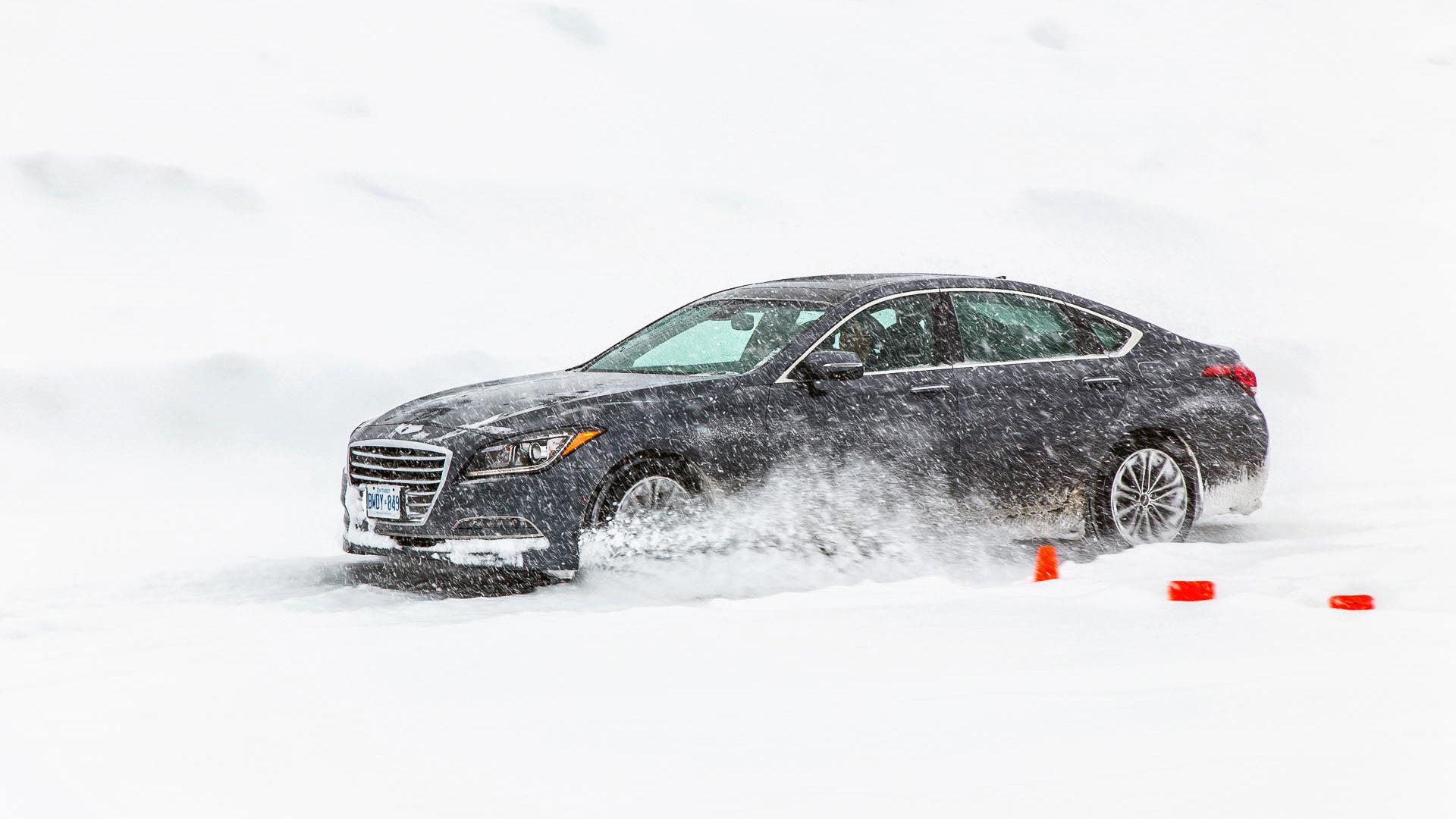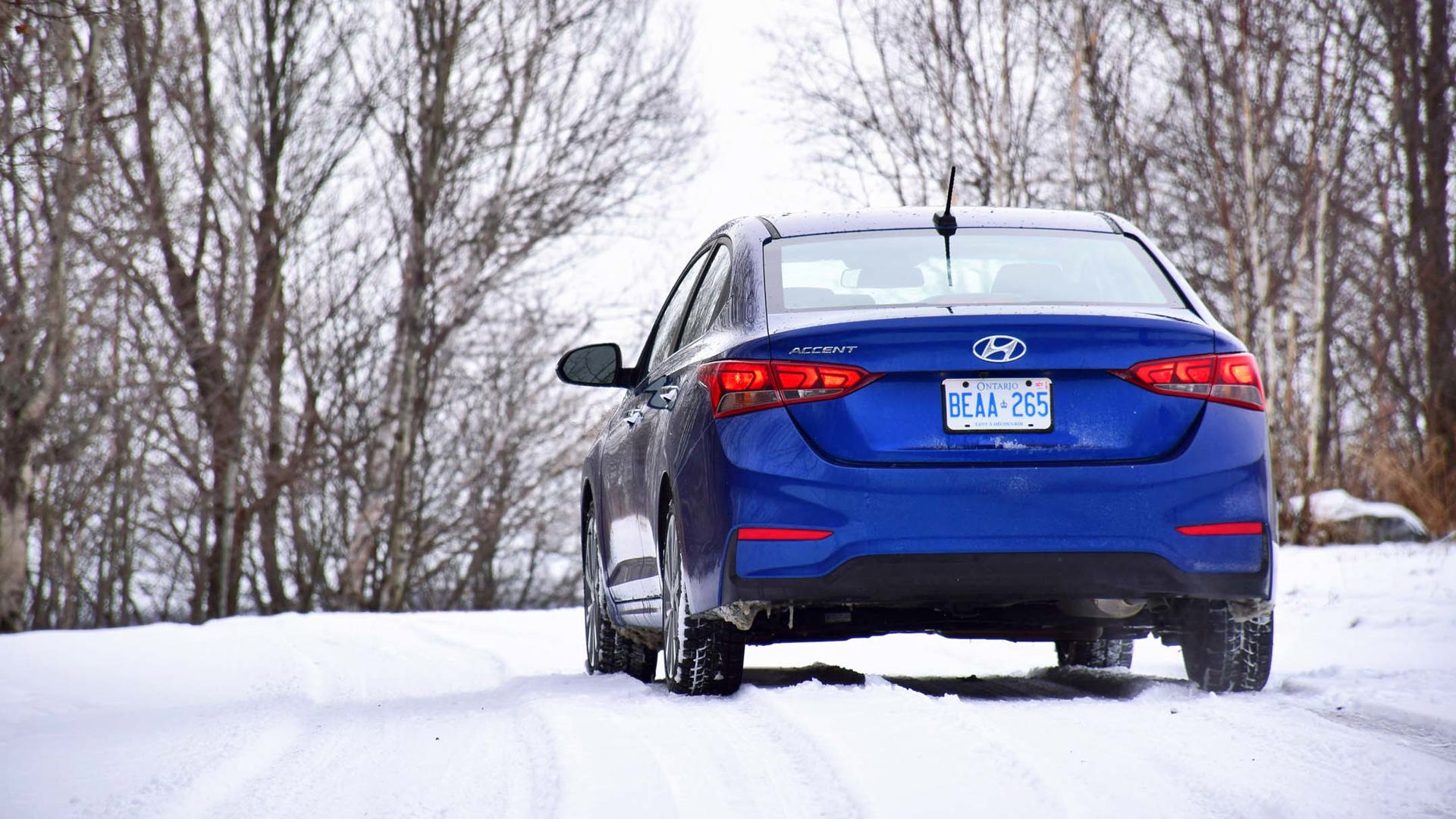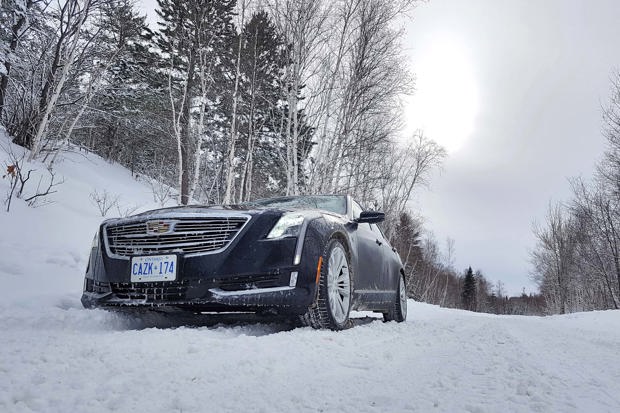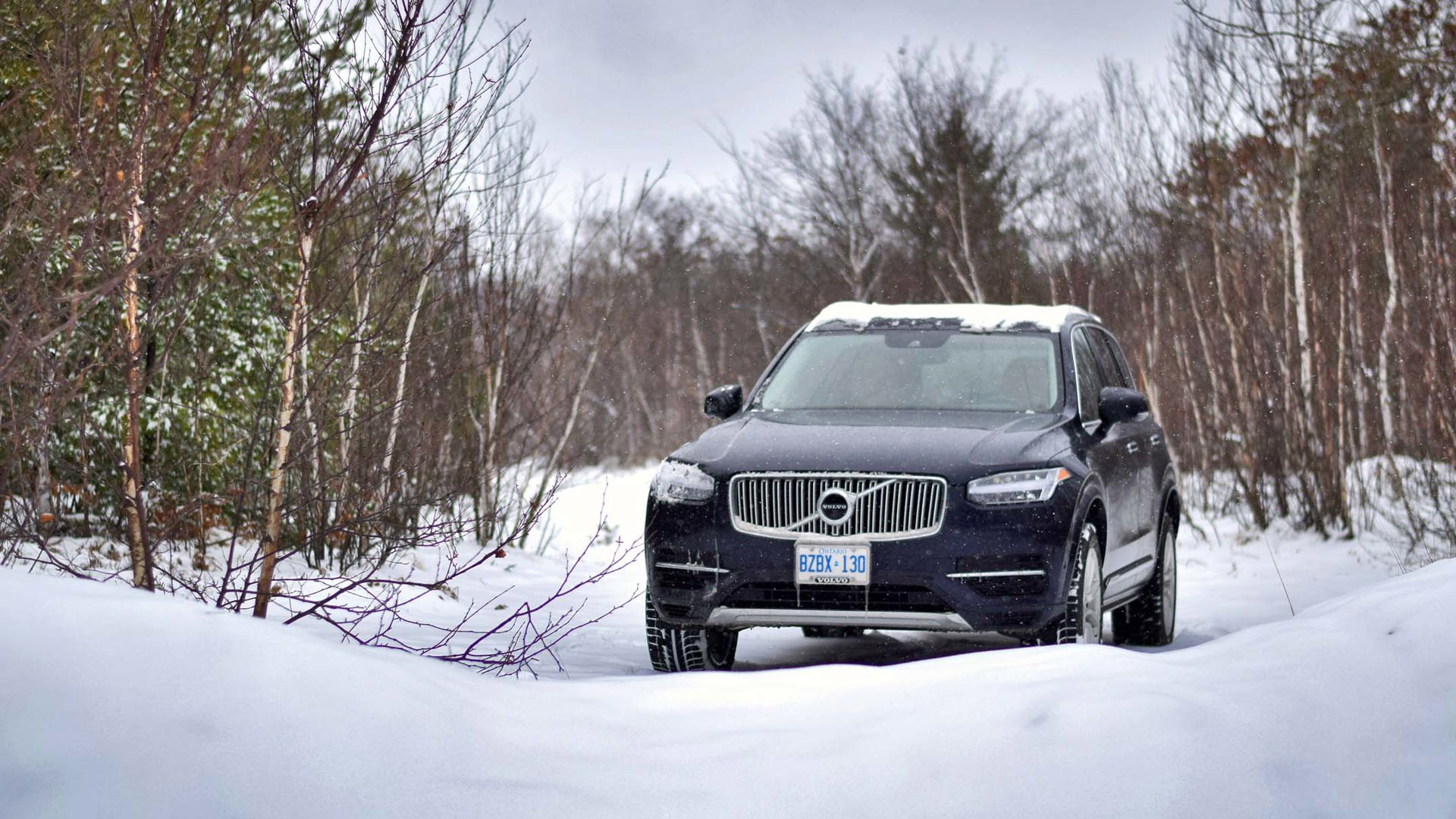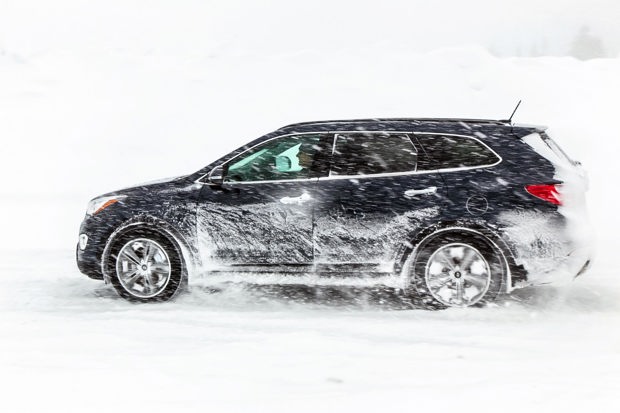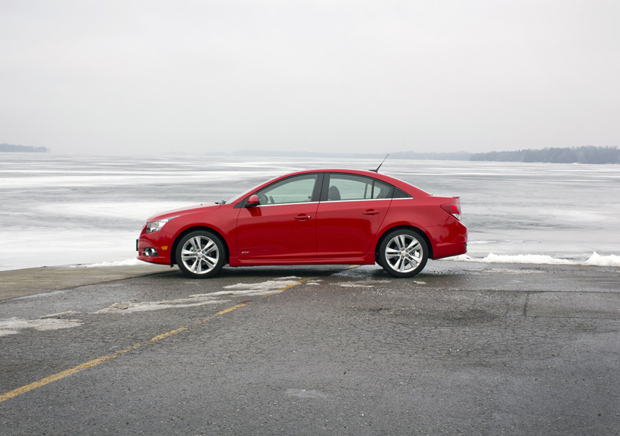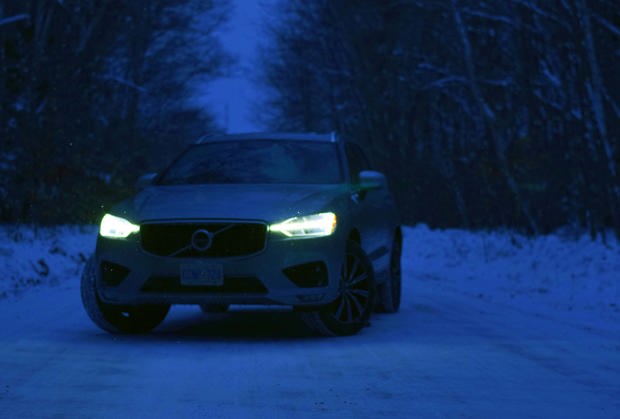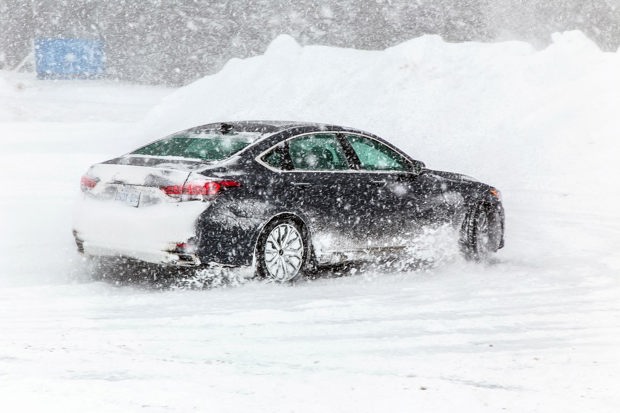Polar vortex. Weather bomb. Traditional winter. A brisk day. Call it what you like, but in parts of Canada, this winter has been a record-setter in terms of cold temperatures that have dragged on. And on. And on.
Winter is hard on everything. At 30 below, pets don’t like to go outside. Your furnace runs on overtime. Your skin dries and freezes in a blink. Many creatures avoid moving, to conserve energy for heat.
Winter is no easier on your vehicle. In extreme cold, engine oil turns to molasses, fuel becomes hard to ignite, transmission fluid is thicker than toothpaste, and the performance of your vehicle’s battery falls off a cliff.
Yet you start your ride every day and set off driving without sympathy. You monster.
Make no mistake: having a vehicle start, perform, achieve good mileage, and generate heat for its occupants is extremely challenging in the middle of a nasty cold snap. Below, we asked a few automakers how they develop and test their vehicles, and parts thereof, to deliver the performance that drivers expect in the cold, and some challenges they face in the process.
We’ll hear from Stefan Andersson, Volvo’s Manager of Proving Ground Support and External Test Sites. We’ll also hear from Hyundai’s Manager of Quality Assurance, Brendan Furlong. Nick Fortomaris, GM’s Engineering Operations Group Manager, meanwhile, took our questions from GM’s cold-weather testing facility in Kapuskasing, Ontario.
Let’s take a look at the answers – but note that due to widely varying communications policies between various automakers, some questions were declined by some of our experts.
What’s the harshest or most challenging cold-weather test an engineer might subject a part or component to?
Brendan Furlong (Hyundai)
The cold-start stress tests. Conventional wisdom would dictate that you let your car warm up before hard driving, but these tests do quite the opposite. In target temperatures of –20°C or colder, engineers will start the vehicle after an overnight cold-soak and immediately drive, measuring durability and various engine protection measures. They aim to evaluate how the engine and transmission perform as they work their way up to normal operating temperature.
Nick Fortomaris (GM)
In Kapuskasing, we simulate and test real-life scenarios that a customer living and driving in the most northern parts of the world would experience on a regular basis. We leverage our northern Canadian climate and use cold cells (when Mother Nature is not co-operating!) to achieve any desired temperature down to –45°C. We test and drive the vehicles on various outdoor road courses to assess driveability and durability.
Stefan Andersson (Volvo)
The temperature in which a car manages to start up is heavily dependent on the condition of the battery (charge level, age of battery etc.) and also the type of combustion engine. When testing cars north of the Arctic Circle in Sweden it can be extremely cold. We have experienced down to –50°C and our engineers still carry on with their work!
Does any system or part prove more challenging to get working properly in extreme cold?
Furlong
One of the most complex and challenging systems is the HVAC system. We thoroughly test the accuracy of the automatic climate control and requested cabin temperature with an array of sensors during start-up and while driving in extreme cold.
Fortomaris
We test the entire vehicle as an integrated system and work to understand and eliminate any issues that are identified. The cold exposure work is to engineer vehicles for functional performance and overall durability, from cold engine operation to interior cabin performance.
Andersson
The general trend in the car industry with touchscreens is challenging for all car manufacturers in extreme cold. The function/reaction of the screens is slower in extreme cold temperature and the driver will experience slower reaction than normal from them. Some vital functions must therefore be controlled outside the screen, with a push button for instance.
Tell us about an interesting test or activity that cold-weather testing personnel take part in, in their line of work?
Furlong
The tests vary widely, from the enthralling check of window defroster performance while standing in –20°C at 5 am, all the way to purposely inducing slides and drifts over ice and snow while mimicking evasive manoeuvres, to finely tune the traction-control and ABS systems.
Fortomaris
We have a large Vehicle Dynamics area that is composed of compacted snow, ice, and asphalt. We use this area to train GM engineers on a specialized driver-training course, and to conduct real-world vehicular testing.
Andersson
A test engineer should verify the function of their system or component at certain exact temperatures, like –15°C, –20°C, –25°C and so on. When using a test site with extremely low temperatures, you will therefore often end up putting your car in a so-called “cold” climate box at the desired temperature, although it is actually much colder outside the box!
Where do you cold-weather test your vehicles and parts?
Furlong
Cold-weather testing is done at many levels. It is primarily performed by engineers from the Namyang Research and Development Center in Korea, and Hyundai America Technical Center in Michigan. It begins in the lab, in cold-weather chambers to simulate extreme conditions. This setting is ideal for testing specific components. Once the prototype is assembled, they perform their real-world testing in various countries, primarily Sweden, Northern Russia, China, and Korea. Testing can be performed in Canada if requested by Hyundai Canada, when there are any market-specific concerns. This is typically done for brand-new models only, or when significant mechanical changes are made.
Fortomaris
Vehicles are primarily tested in Kapuskasing – however, cold-weather testing is also conducted in various parts of North America, as vehicles are tested against a multitude of environmental factors, including elevation.
Andersson
Volvo Cars performs winter test and verifications/validations both in labs and real-life conditions. Most cold-weather testing is performed north of the Arctic Circle in Sweden, but depending on time of the year, we also go to Canada, Greenland, China, or New Zeeland. Car projects are nowadays squeezed in time and almost all car manufacturers will have to chase winter climates elsewhere during the normal summer season.
Is there a minimum temperature at which your vehicles must be able to start with no block heater or battery warmer?
Fortomaris
No, there is no minimum. In Kapuskasing we expect a vehicle to be able to start at any temperature without a block heater.
Andersson
Cars should be able to start in at least –30°C but will most of the times start at even lower temperatures, depending on how long it has been parked without a heater. Again, cold-start performance will also depend on the state of the battery.
It’s 3:00 am, and there’s been an emergency. I start the start the car and immediately begin driving at full throttle. It’s 35 below. Do engineers have to compensate for this sort of cruel behaviour in extreme cold? Can this cause damage?
Furlong
Tests like these are indeed performed to make sure that no catastrophic damage can occur during this type of occasional use. The main goal is to optimize and accelerate the proper circulation of engine oil. Engineers assure that the oil can reach the farthest bits of the engine internals as quickly as possible. Still, repeated treatment of this type would be highly unusual, and may cause accelerated wear of internals.
Andersson
Living in a cold region, it is very important that you have the right engine oil, suitable for a cold climate. This will help to save your engine if you are forced to start and give full throttle without warm-up time. You should also be aware that your steering and brakes will be stiffer than normal before warming up. Basically the same applies for extreme heat – the right quality of the engine oil helps to save your engine.
Are there any challenges today in heating larger vehicles with smaller and smaller engines? How do you tackle them?
Furlong
Not only are engines becoming smaller, but they are also becoming more thermally efficient, losing a smaller amount of heat which would then be captured and used for cabin heat. Fitting HVAC systems with auxiliary (electric) heaters is therefore becoming more and more common in order to generate supplementary cabin heat, as engines become more efficient.
Andersson
Most engines used in modern cars have very energy-effective engines which means that heating from the engine is not enough in cold climate. The solution is an electric or fuel-operated extra heater that activates when needed, during driving and also as a parking heater.
